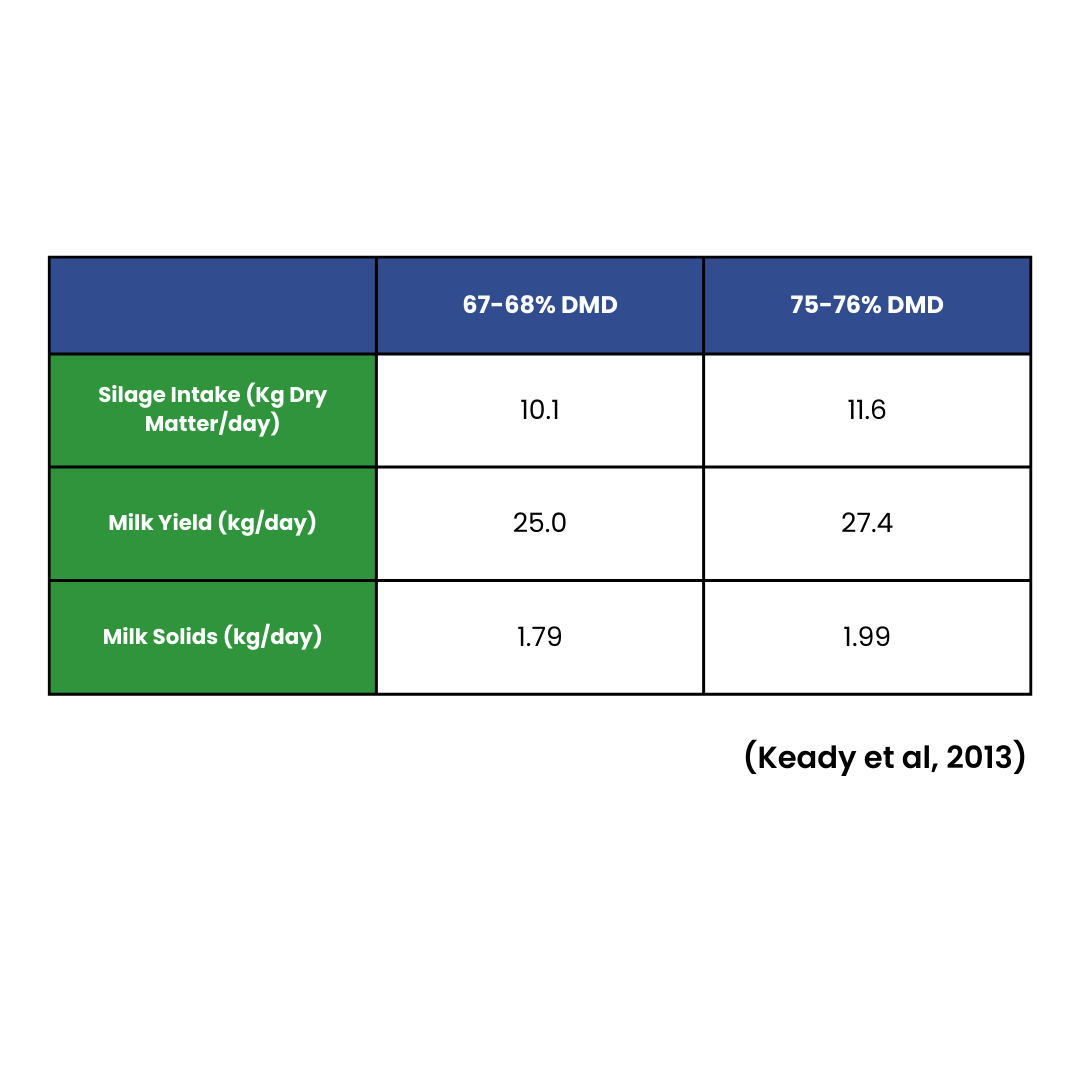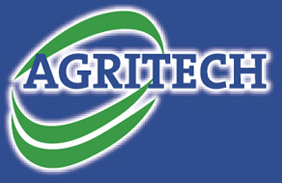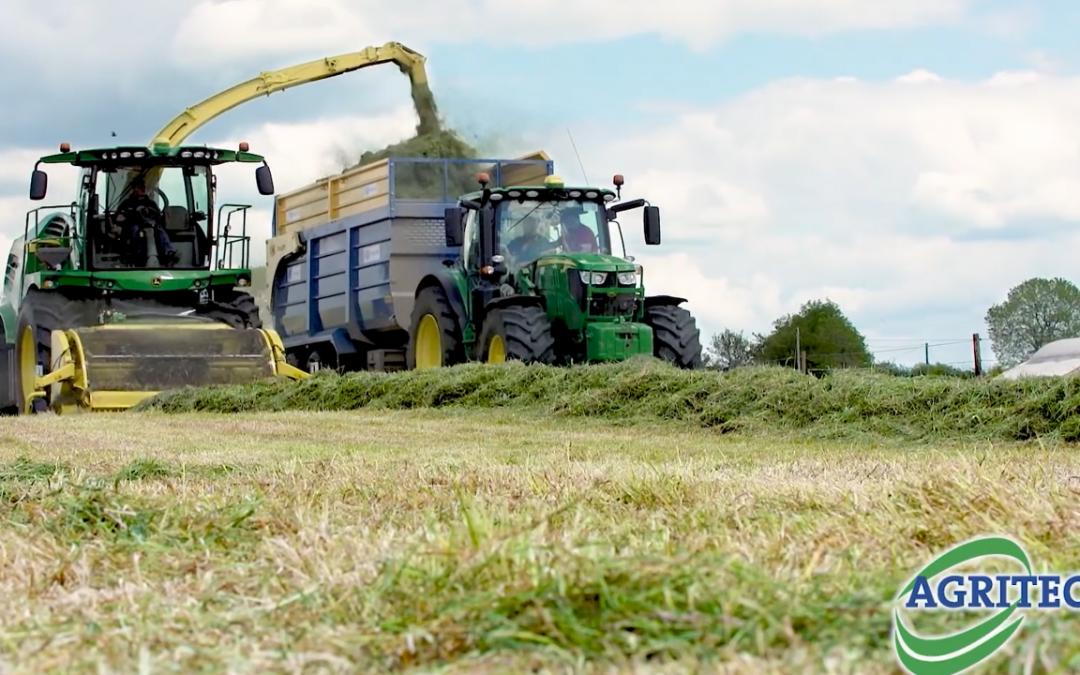Thanks to altogether more pleasant conditions this Spring, farmers have enjoyed a welcome respite from the poor weather they worked through during the previous two years.
With cattle out earlier and, just as importantly, remaining out to graze in healthily growing paddocks, refilling forage reserves has not weighed on farmers’ minds nearly as heavily as it did during the first halves of 2023 and ’24.
Of course, when casting an eye five to six months down the line, refilling pits remains a significant consideration. But the better weather experienced in recent months means that farmers are in a better position to build up a reserve of high-quality silage with those (literally) cold and rainy days in mind.
As Teagasc has noted, grass digestibility decreases by 2 to 3% units per week from mid-May onwards. This is due to the increasing levels of stem in grass as the crop matures in addition to the accelerated decline in stem digestibility.
High quality silage permits flexibility in feed plans for both milkers and dry stock/dry cows. Earlier cutting, which recent conditions have facilitated, also permit quicker and earlier regrowths for subsequent cuts, which in turn leads to increased annual yield per hectare. The mean DMD of Irish silages comes in at approximately 69% DMD – which is well below the requirements of a lactating dairy cow.

The effects of silage DMD on dairy cow performance
At one point, every farm will have 80% DMD grass available to them in the field; however the decision is typically made too late regarding cutting date. Once seed heads appear by late May, DMD will be, at most, approximately 70% at, before declining by 1% DMD every two to three days after that. Each 1% increase achieved equates to a +0.33kg daily milk yield increase.
Farmers should also be aiming for a dry matter content of approximately 25%. Where wilting continues for long periods, grass quality will deteriorate, leading to significant energy losses. In ideal conditions, this will be achieved in a 24-hour wilt.
The use of a silage additive has long been proven to improve fermentation and lend to less waste/losses. Agritech’s GrasZyme Sugarboost is proven to: Increase ADG by 110g/head/day in beef situations and in dairy scenarios; Increase Dry Matter intakes by 0.4 kg/head/day, resulting in milk protein percentage increases of 0.09%. Fermentation losses are also reduced by an average of 6.1% where an additive is used (equating to 30t additional feed, in a 500t pit).
For further advice, contact your local Agritech Sales Advisor.


